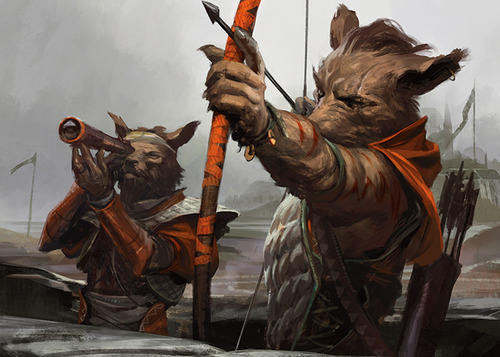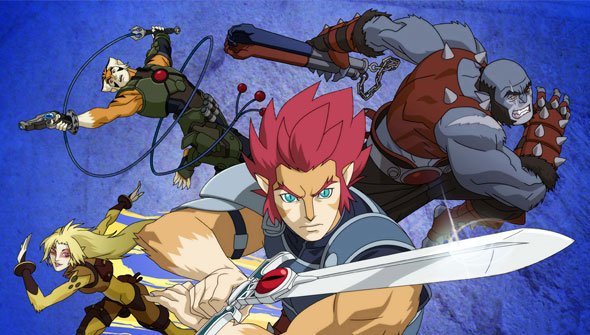MONVESIA RETCON NOTE: With the release of Mythic Odysseys of Theros, to idea of this post is made somewhat obsolete. For one, the Leonin, divided between Tabaxi and Rakasta below, are now represented by their own race. For the needs of Monvesia, the Leonin from Theros will be used to represent the Rakasta of Prace, while the Tabaxi from Volo's Guide will be used for the Raviqi catfolk.
Volo's Guide to Monsters presented our first taste of catfolk in 5th edition
Dungeons & Dragons. However, it only gave us one of several catfolk that have populated the game: the Tabaxi. While similar to other options from the game,
such as rakasta
, the tabaxi are optimized to a particular style of play. Using the traits of the tabaxi as a baseline, we can explore some of the game's other catfolk--as well as those of other popular games.
To play an alternate catfolk subrace, disregard the features identified below as being specific to the tabaxi. Instead, apply the traits of your chosen subrace.
Tabaxi
Tabaxi typically resemble leopards and jaguars. They are friendly and nimble hunters.
In Monvesia, these are the Parrsasca. These are the female Leonin of Magic: the Gathering.
Ability Increase: +1 Charisma
Natural Climber: You have a climb Speed of 20 ft.
Naturally Observant: You have proficiency in the Perception skill.


